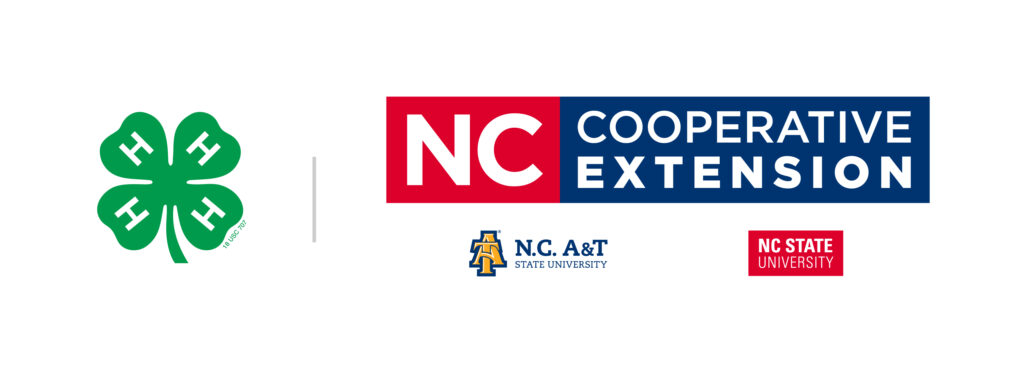History of the 4-H Clover
go.ncsu.edu/readext?993398
en Español / em Português
El inglés es el idioma de control de esta página. En la medida en que haya algún conflicto entre la traducción al inglés y la traducción, el inglés prevalece.
Al hacer clic en el enlace de traducción se activa un servicio de traducción gratuito para convertir la página al español. Al igual que con cualquier traducción por Internet, la conversión no es sensible al contexto y puede que no traduzca el texto en su significado original. NC State Extension no garantiza la exactitud del texto traducido. Por favor, tenga en cuenta que algunas aplicaciones y/o servicios pueden no funcionar como se espera cuando se traducen.
Português
Inglês é o idioma de controle desta página. Na medida que haja algum conflito entre o texto original em Inglês e a tradução, o Inglês prevalece.
Ao clicar no link de tradução, um serviço gratuito de tradução será ativado para converter a página para o Português. Como em qualquer tradução pela internet, a conversão não é sensivel ao contexto e pode não ocorrer a tradução para o significado orginal. O serviço de Extensão da Carolina do Norte (NC State Extension) não garante a exatidão do texto traduzido. Por favor, observe que algumas funções ou serviços podem não funcionar como esperado após a tradução.
English
English is the controlling language of this page. To the extent there is any conflict between the English text and the translation, English controls.
Clicking on the translation link activates a free translation service to convert the page to Spanish. As with any Internet translation, the conversion is not context-sensitive and may not translate the text to its original meaning. NC State Extension does not guarantee the accuracy of the translated text. Please note that some applications and/or services may not function as expected when translated.
Collapse ▲Happy St. Patrick’s Day! This holiday is often associated with shamrocks, which are 3 leaf clovers. But what about the infamous 4 leaf clover associated with 4-H? How was a 4 leaf clover chosen as the organization’s emblem?
According to the National 4-H History Preservation Program, the clover leaf became the emblem around 1907. This first emblem was only a 3 leaf clover, but by 1908 it became the 4 leaf clover that we know today.

“As the story goes, one sunny June morning in 1906 at a one-room country school near Clarion, Iowa, 11 pupils were spending their recess outside searching for four-leaf clovers. They had plucked seven clovers when a visitor drove up, the Superintendent of schools. At the teacher’s suggestion, the children surrendered their good luck charms and placed the seven clovers into the hands of the superintendent. He said, “I’ve been looking for an emblem for the agricultural clubs and the schools of the county, and you have just given me that emblem, the four-leaf clover; it will help explain to young and old the message of a four square education.” (In those early days, 4-H was known as “four-square education,” which was based upon education, physical, moral, and fellowship development.
Although a good story, it may not be totally accurate as in 1907 Benson had designed, along with Jessie Field Shambaugh, from Page County, Iowa, a 3-leaf clover with “H’s” standing for Head, Heart and Hands which was used as an emblem on several different items. Nonetheless, the H’s and the clover emblem – regardless of whether we’re talking three leaves or four leaves – is credited to O. H. Benson and to Clarion, Iowa.
In 1911, Benson referred to the need for four H’s — suggesting that they stand for “Head, Heart, Hands and Hustle… head trained to think, plan and reason; heart trained to be true, kind and sympathetic; hands trained to be useful, helpful and skillful; and the hustle to render ready service, to develop health and vitality…” In 1911, at a meeting of club leaders in Washington, DC they approved the present 4-H design. O.B. Martin is credited with suggesting that the H’s signify Head, Heart, Hands and Health – universally used since then.”
To learn more about the history of 4-H check out 4-Hhistorypreservation.com. Contact our 4-H Agent, Hannah Peeler if you have questions about local youth development programs.
828-697-4891
Compiled by National 4-H History Preservation Team. (2012, January 1). 4-H emblem. 4H History Preservation News.





